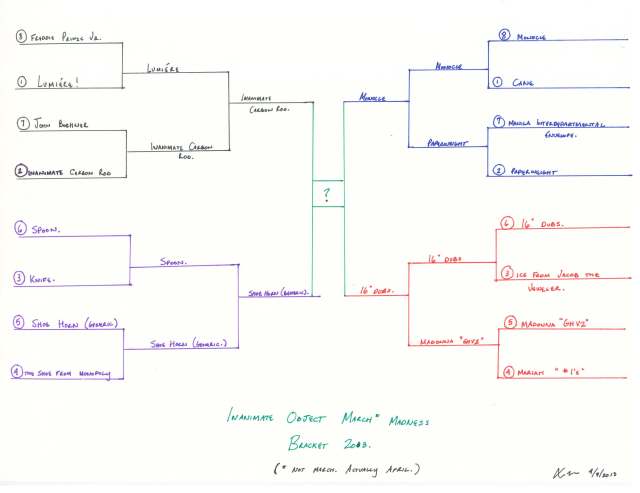In 2012, I ran the Chevron Houston Marathon – my third marathon – hoping to qualify under new requirements for the April 2013 Boston Marathon. I fell short by approximately 2 minutes – had I not stopped to go to the bathroom, slowed down for a cup of water, or stretched my legs in the last few miles, I would be in Boston today running with the legions of dedicated athletes. I thought of this particular race today as I read about the tragedies unfolding at the finish line of the world’s most famous long-distance rate – not because I think of my story as one of coincidences and close calls, but as a narrative of why I run and will continue to run.
By the tenth mile of my first marathon in San Francisco, I was absolutely captivated by the sport. I continued to run races in Houston and San Francisco not because of clocks, or times, or medals, but because I could find no atmosphere like the final two miles of a marathon. I want to tell you what happens in the final stretch of an officiated long-distance race because it is so beautiful – so beautiful that I simply refuse to let the circumstances of Boston today become the predominant narrative of marathon running.
When the crux of an activity is pure endurance and resiliency – a test of mental and physical rigor as you attempt to traverse a 26.2-mile course – it becomes irrelevant if you finish the race in 2 hours, 4 hours, or 6 hours. The crowd will cheer for you whether you are an elite, world-class runner, a 101-year-old man, or a first-time competitor in your mid-twenties. The noise is a raucous blend of cheering, music, clapping, loud speakers, and noisemakers that resonates for all competitors. When a runner falls, there is a collective level of concern – I have witnessed men and women literally stop in the middle of their strides and let time slip away to help their colleagues continue the course. This is the splendor of long-distance running: we are not a community that awards medals solely on time, but on finish. In the eyes of the sport, a race is a race, and a finish, with very little exception, is a finish.
When an activity values endurance over time, it fosters a level of camaraderie, energy, and exhilaration that I have yet to feel in spaces other than starting and finish lines. When I stand at the starting block anticipating a long and inevitably excruciating run, I also stand in solidarity with the thousands of runners who will do the same. I will place my hand over my heart to listen to the National Anthem echo into the morning air. I will, as the sun rises, bow my head for the Morning Prayer. I will start and finish this race with everyone else – place and pace at the whim of my own body alone.
Thus a finish is almost indescribable – you and your fellow runners have endured over two-dozen miles of terrain. Everything is counterintuitive. Your body tells you to stop, yet you override the pain because your mother is waiting with a sign, ready to hug you as you stumble to the finish. You want to scream in anguish, but you continue ever so slowly because a stranger has caught glimpse of your name printed across your bib and is screaming it in encouragement. You want to collapse in the moment, but there are colorful, outlandish signs telling you how crazy, ridiculous, wonderful, and incredible you are. There are countless faces of people you have never met who are cheering for you, for him, for her, for everyone.
And just as you feel that you should give up, you see it – the finish line, where the crowd roars in such excitement that it drowns out every doubt of falling short. There are children screaming for their mothers. There are lovers waiting on the sidelines with rings and proposals (as it has happened each time I have run a race). There are teenagers – twice my students – who give back to their community by volunteering at the finish line, handing out bagels and bananas to eager finishers. There are reporters and photographers capturing it all for the small news article that will be clipped by thousands as memory of this beautiful occasion. There are runners embracing each other for the feat that they just accomplished. The finish line is a tapestry of all there is to love about the sport, the participants, and the throngs of supporters.
When a person decides to set off a bomb in the final few miles of a marathon, it is a moral transgression that I cannot begin to articulate nor understand. Such a horrific event targets not just a race or a crowd, but an embodiment of resiliency and triumph. Although I cannot comprehend the events of today, this much I know – I need to keep running. Run for the athletes and the spectators we have lost. Run to preserve the finish lines of future races. Run because it is the embodiment of the sport itself – to continue in spite of a difficult, inconceivable stretch.
We need to keep running.
